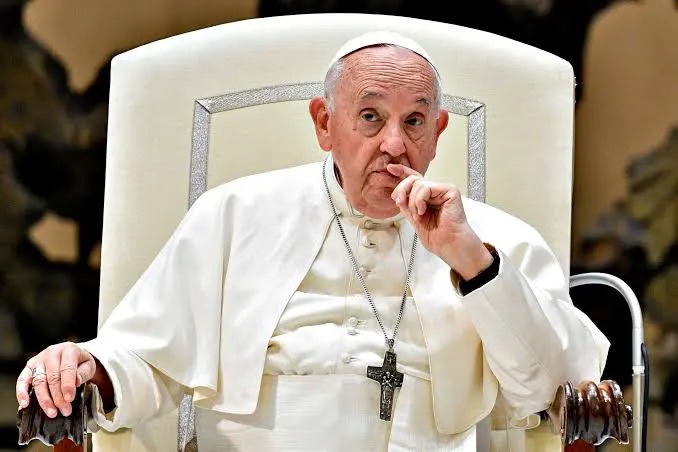
Pope Francis continues to shake things up, this time with his unconventional choices for his final resting place and funeral arrangements. In a recent interview, the 87-year-old pontiff revealed that he will not follow the tradition of being buried in St. Peter’s Basilica alongside his predecessors. Instead, he has chosen the Basilica of Santa Maria Maggiore in Rome, a place with deep personal significance for him.
Here’s a look at Pope Francis’s bold decisions and what they signify:
- A Departure from Centuries-Old Tradition: For the first time in over a century, a pope will be laid to rest outside the Vatican walls. This move breaks with a long-standing tradition that has seen popes interred within the sacred grounds of St. Peter’s Basilica.
- Santa Maria Maggiore: A Place of Personal Connection: Pope Francis has expressed a deep connection to Santa Maria Maggiore. He has frequented the basilica throughout his life, both before and after his papacy, and has made it a point to pray there before and after traveling abroad. This personal attachment makes his choice of burial site even more meaningful.
- Simplicity and Humility: In keeping with his humble and down-to-earth persona, Pope Francis desires a simpler funeral ceremony. He is collaborating with the Vatican to streamline the elaborate rituals traditionally associated with papal funerals. This aligns with his broader efforts to bring a more relatable and accessible approach to the Catholic Church.
- Facing the Inevitable: Pope Francis acknowledges his age and the realities of mortality. While his health appears good overall, he has faced several health challenges in recent years. His decision to plan his funeral and burial demonstrates his pragmatism and acceptance of the natural order of life.
Pope Francis’s choices regarding his final resting place and funeral arrangements are significant not just for their unconventional nature but also for the message they convey. He continues to challenge tradition and embrace simplicity, all while cherishing his personal connection to Santa Maria Maggiore. His decisions speak volumes about his character and his vision for a more open and relatable Catholic Church.
This trend-setting move by Pope Francis is sure to spark conversations and debates about tradition, mortality, and the future of the Catholic Church. It is a testament to his unwavering commitment to staying true to himself and his beliefs, even in the face of age-old customs

